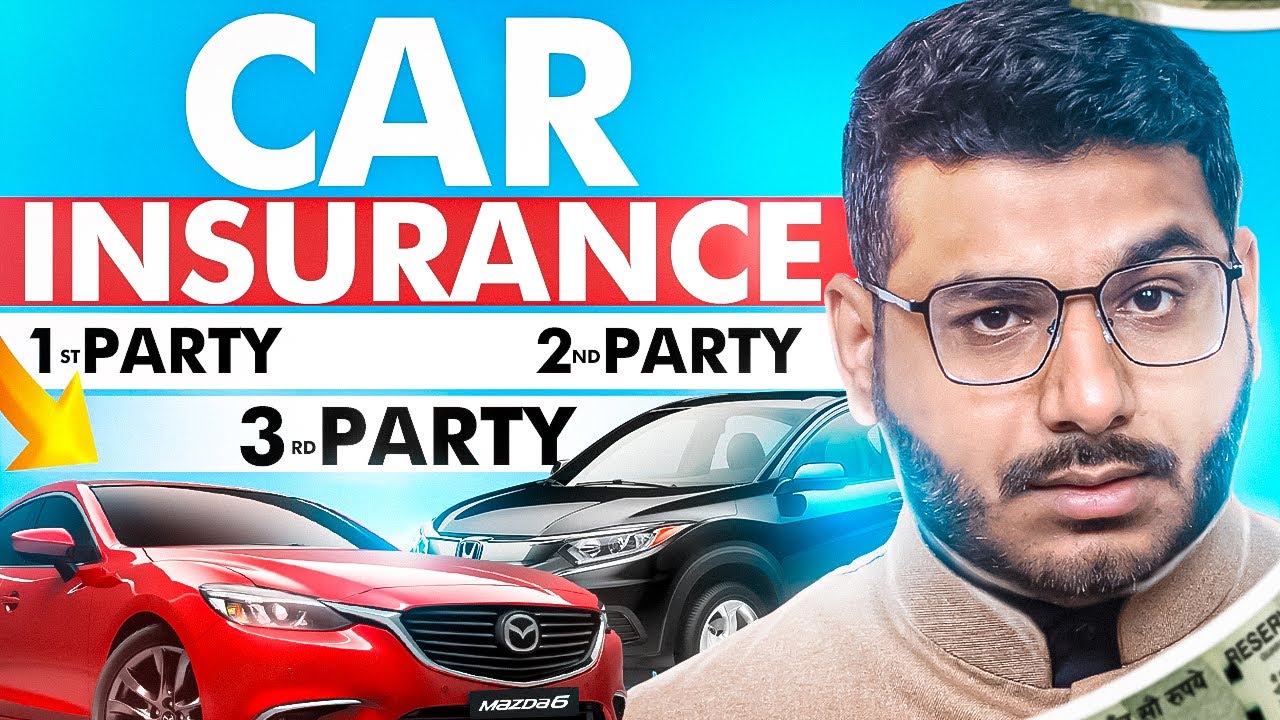Car insurance is more than just a legal requirement—it’s a financial safety net that protects you, your vehicle, and others on the road. Whether you’re a first-time car owner or looking to switch providers, understanding how to apply for car insurance and get the best coverage can save you time, money, and stress. Here’s everything you need to know.
Step 1: Understand Your Coverage Needs
Before applying for car insurance, assess your specific needs. Consider the following:
- State Requirements: Most states require a minimum level of liability coverage. Check your state’s specific mandates.
- Vehicle Value: If you drive an older car, you may not need comprehensive or collision coverage. For newer cars, full coverage is often recommended.
- Driving Habits: Frequent drivers or those in high-risk areas might benefit from additional coverage.
- Budget: Balance coverage options with what you can afford to pay monthly or annually.
- Additional Coverages: Think about optional coverages like uninsured/underinsured motorist protection, medical payments coverage, or gap insurance if your car is financed.
Step 2: Gather Necessary Information
When applying for car insurance, you’ll need to provide:
- Personal Details: Your name, address, date of birth, and driver’s license number.
- Vehicle Information: Make, model, year, Vehicle Identification Number (VIN), and mileage.
- Driving History: Details about past accidents, tickets, or claims.
- Desired Coverage: The types and limits of coverage you’re interested in.
- Current Insurance Details: If you already have insurance, you’ll need your current policy details, including expiration date and policy number. Having these details ready will speed up the application process.
Step 3: Compare Insurance Providers
Not all car insurance companies are created equal. Research and compare multiple providers to find the best fit. Here’s what to look for:
- Coverage Options: Ensure they offer the types of coverage you need.
- Pricing: Request quotes from at least three providers to compare rates.
- Discounts: Many insurers offer discounts for safe driving, bundling policies, good grades (for students), or installing safety devices in your car.
- Customer Reviews: Check online reviews and ratings to gauge customer satisfaction.
- Claims Process: Opt for companies known for hassle-free claims handling.
- Financial Stability: Choose insurers with strong financial ratings from agencies like AM Best or Standard & Poor’s to ensure they can pay claims.
Step 4: Apply for Coverage
Once you’ve chosen a provider, it’s time to apply. You can do this:
- Online: Most insurance companies have user-friendly websites or apps for quick applications.
- By Phone: Speak directly with an agent to get personalized guidance.
- In Person: Visit a local office for a more hands-on experience.
During the application, provide accurate information to avoid complications later. Be prepared to answer questions about your driving habits, vehicle usage, and past insurance history.
Step 5: Review and Customize Your Policy
After submitting your application, the insurer will provide a policy summary. Take the time to:
- Review Coverage Details: Ensure all the information is correct and matches your needs.
- Adjust Limits: You can often increase liability limits or add optional coverages like roadside assistance or rental car reimbursement.
- Ask Questions: Don’t hesitate to clarify anything you don’t understand.
- Understand Exclusions: Make sure you’re aware of what isn’t covered by your policy, such as wear and tear or specific perils like floods.
Step 6: Finalize and Start Coverage
Once you’re satisfied, finalize your policy by signing the agreement and making your first payment. You’ll typically receive proof of insurance immediately, which you’ll need for registration and legal purposes. Some insurers may also offer digital insurance cards through their mobile apps for added convenience.
Tips for Getting the Best Coverage
- Bundle Policies: Combine your car insurance with other policies like home or renters insurance for discounts.
- Maintain a Clean Driving Record: Safe driving can significantly lower your premiums over time.
- Choose a Higher Deductible: If you’re confident in your ability to cover minor repairs out of pocket, a higher deductible can reduce your monthly premium.
- Reassess Annually: Review your policy each year to ensure it still meets your needs and budget.
- Consider Usage-Based Insurance: If you drive less frequently, a pay-per-mile insurance program might save you money.
Common Mistakes to Avoid
- Underinsuring: Opting for the minimum coverage might save money upfront but could leave you vulnerable in an accident.
- Overlooking Discounts: Always ask your insurer about available discounts.
- Not Comparing Rates: Sticking with one provider without shopping around might cost you more.
- Providing Inaccurate Information: Misrepresentation can lead to denied claims or policy cancellation.
- Ignoring Customer Service Reputation: A cheap policy isn’t worth it if the company has poor customer support.
Additional Resources
- State Insurance Departments: Many state websites provide tools to compare rates and ensure an insurer is licensed.
- Insurance Agents: Independent agents can help you compare multiple policies and provide unbiased advice.
- Educational Tools: Many insurers offer online calculators to help you estimate the coverage you need.
The Bottom Line
Applying for car insurance doesn’t have to be overwhelming. By understanding your needs, comparing providers, and customizing your coverage, you can secure a policy that protects you and your vehicle without breaking the bank. Take your time to research and ask questions—your peace of mind is worth it.
